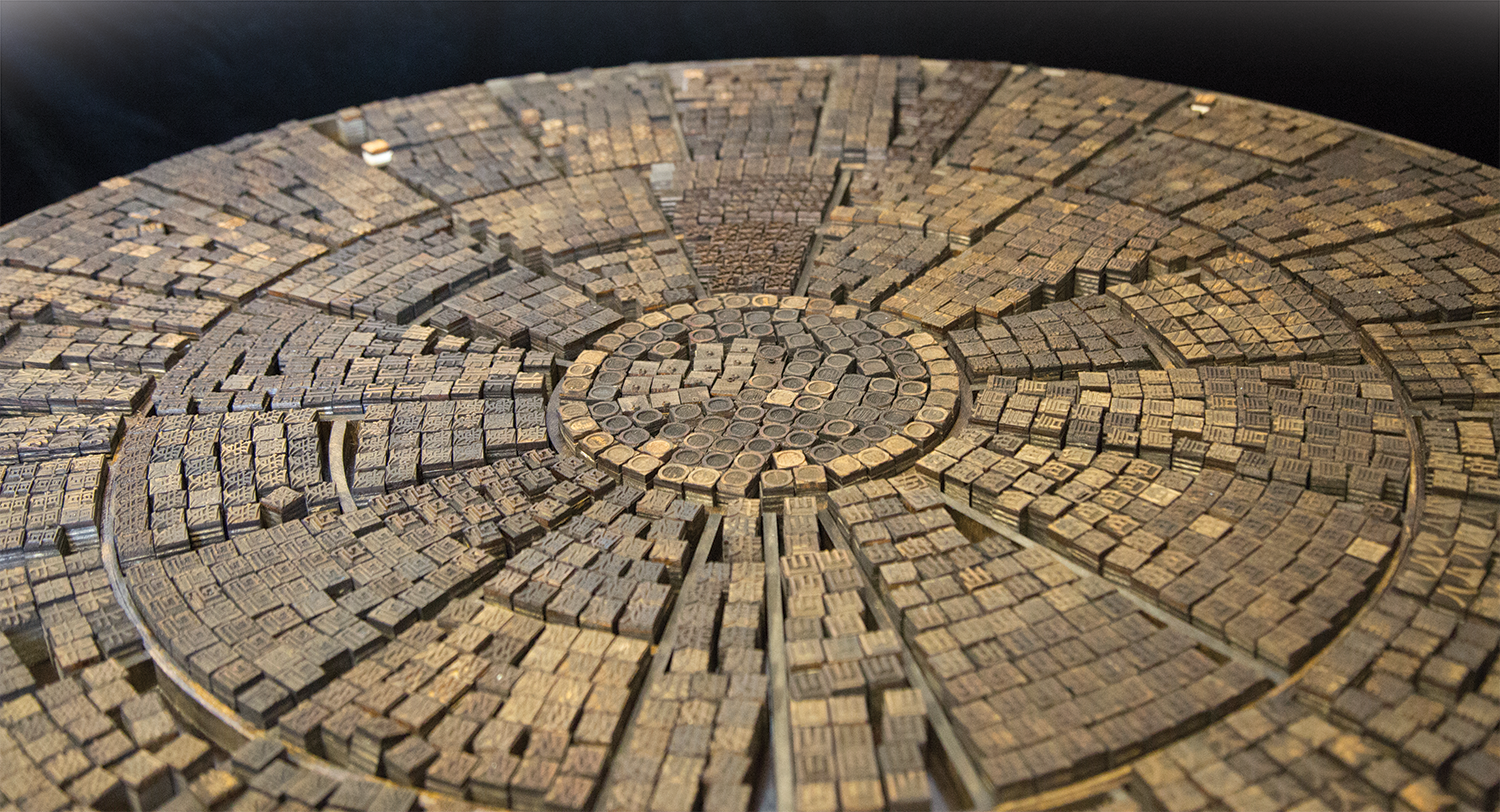Poetics of Invention
An invention presents a novel solution to an existing problem. An invention does not simply exist in the same way for everyone across time and space. Instead we can say the poetics of an invention is capable of bringing new and different things into the world depending on many variables beyond the inventor’s intentions.
发明代表着一种对已知问题新的解决方案。发明并不是简单地对应于任何时空下的任何人的同一存在。正相反,所谓“发明中的诗学”在于它能够赋予超越发明者初始认识的复杂而多变的世界以全新的事物。
当发明家成为实业家,他们必须通过拓展客户来检测他们的发明所含的价值属性,这些为发明家所认同的价值又通过反复的实验不断被发现。但是由于学科背景差异,这一过程的表达方式各不相同。
When inventors become entrepreneurs they must test their various value propositions through the process of customer discovery. The values that inventions hold for others are discovered through experimentation and iteration. However, from other disciplinary vantage points we can describe this same process differently.
The intellectual commons of the OU campus, the Bizzell Memorial Library, invites visitors to reflect on how the humanities—the constellation of fields from history and art to literature and philosophy—can help unlock the full potential of inventions. Today’s innovators think and work across disciplines, cultures, and languages to help shape not only what is but what can be.
俄克拉荷马大学Bizzell图书馆的知识共享项目邀您来此,共同体验集历史学、艺术学、文学以及哲学之大成的人文学如何发掘发明创造的潜力。当今跨学科、跨文化、跨语言的创新者们不仅塑造了创新本身,更展现了其无穷的可能。




